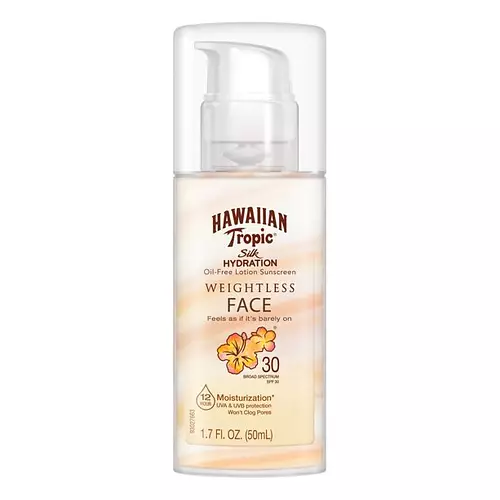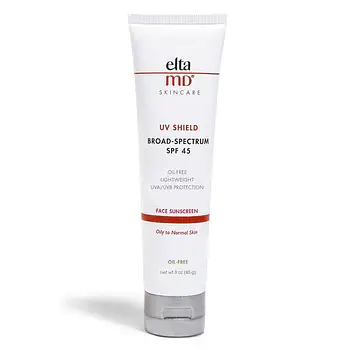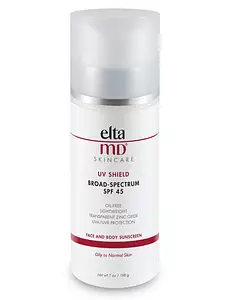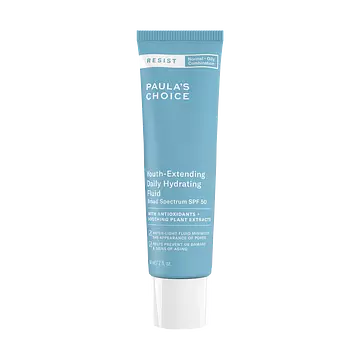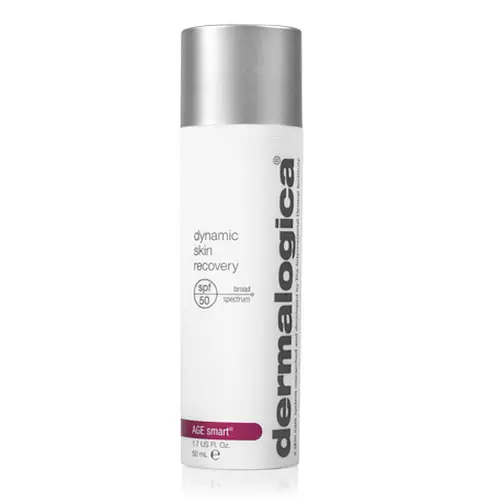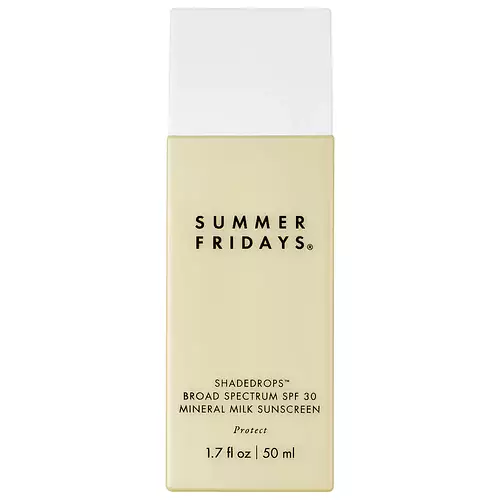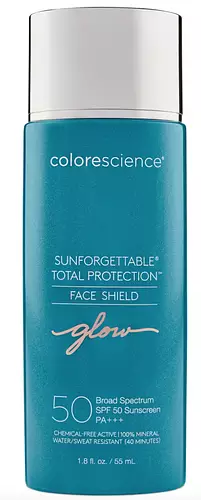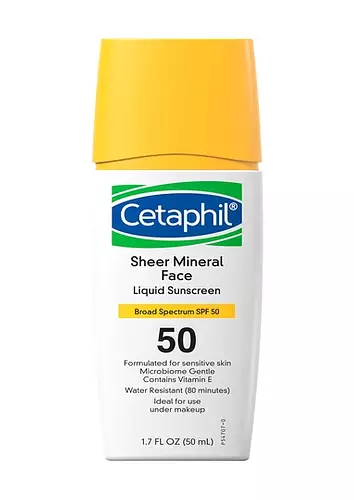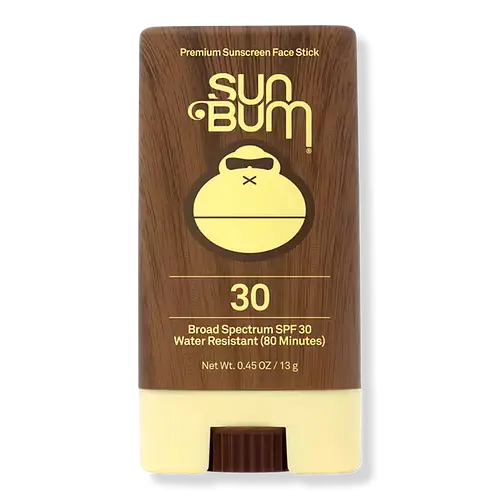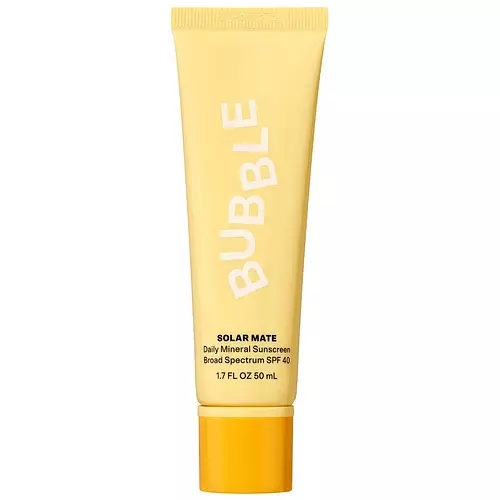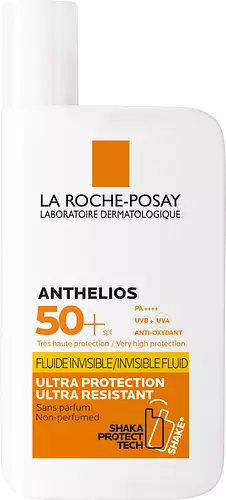Updated on June 29, 2024
Overview
What they are
These products are both sunscreens. They have a total of 5 ingredients in common
Cool Features
They both contain SPF and Vitamin E
Suited For
They're both likely to be good for brightening skin
Free From
They both do not contain any harsh alcohols, common allergens, oils, silicones or sulfates
We independently verify ingredients, and our claims are backed by peer-reviewed research. Spot a product that needs an update? Let us know.
Ingredient Info
Hawaiian Tropic Silk Hydration Weightless Face Sunscreen - SPF 30 33 ingredients
EltaMD, Inc UV Shield Broad-Spectrum SPF 45 19 ingredients
At a glance
Click on any of the items below to learn more
Hawaiian Tropic Silk Hydration Weightless Face Sunscreen - SPF 30 33 ingredients
EltaMD, Inc UV Shield Broad-Spectrum SPF 45 19 ingredients
Notable Ingredients
This product contains 4 ingredients that may have this attribute:
This product contains 1 ingredient that may have this attribute:
This product contains 1 ingredient that may have this attribute:
Benefits
This product contains 2 ingredients that may have this attribute:
This product contains 1 ingredient that may have this attribute:
This product contains 1 ingredient that may have this attribute:
This product contains 1 ingredient that may have this attribute:
This product contains 1 ingredient that may have this attribute:
This product contains 1 ingredient that may have this attribute:
This product contains 2 ingredients that may have this attribute:
Concerns
This product contains 1 ingredient that may have this attribute:
This product contains 1 ingredient that may have this attribute:
This product contains 3 ingredients that may have this attribute:
This product contains 4 ingredients that may have this attribute:
Notable Ingredients
This product contains 1 ingredient that may have this attribute:
This product contains 1 ingredient that may have this attribute:
This product contains 1 ingredient that may have this attribute:
Benefits
This product contains 1 ingredient that may have this attribute:
This product contains 1 ingredient that may have this attribute:
Concerns
This product contains 2 ingredients that may have this attribute:
This product contains 3 ingredients that may have this attribute:
This product contains 1 ingredient that may have this attribute:
Ingredients Side-by-side
Ingredients Explained
These ingredients are found in both products.
Ingredients higher up in an ingredient list are typically present in a larger amount.
Water. It's the most common cosmetic ingredient of all. You'll usually see it at the top of ingredient lists, meaning that it makes up the largest part of the product.
So why is it so popular? Water most often acts as a solvent - this means that it helps dissolve other ingredients into the formulation.
You'll also recognize water as that liquid we all need to stay alive. If you see this, drink a glass of water. Stay hydrated!
Learn more about WaterButylene Glycol (or BG) is used within cosmetic products for a few different reasons:
- It is a solvent, meaning that it helps to dissolve other ingredients. This also enhances the absorption of the product into one's skin.
- It is a humectant, which means that it helps attract moisture into the skin.
- It helps improve product application.
Overall, Butylene Glycol is a safe and well-rounded ingredient. It is unlikely to irritate skin, and works well with pretty much all other ingredients.
Phenoxyethanol is a preservative that has germicide, antimicrobial, and aromatic properties. Studies show that phenoxyethanol can prevent microbial growth. By itself, it has a scent that is similar to that of a rose.
It's often used in formulations along with Caprylyl Glycol to preserve the shelf life of products.
Polysorbate 60 is used to help stabilize products. It is a surfactant and emulsifier. These properties help keep ingredients together in a product. Surfactants help reduce surface tension between ingredients with different states, such as liquids and solids. Emulsifiers help prevent oils and waters from separating.
Polysorbate 60 is sorbitol-based and created from the ethoxylation of sorbitan. Ethoxylation is a chemical reaction used to add ethylene oxide. Sorbitan is a the dehydrated version of sorbitol, a sugar found in fruits.
In this case, the 60 comes from reacting 60 units of ethylene oxide with sorbitan.
Polysorbates are commonly used in medicine and foods.
Learn more about Polysorbate 60Tocopheryl Acetate is AKA Vitamin E. It is an antioxidant and protects your skin from free radicals. Free radicals damage the skin by breaking down collagen.
One study found using Tocopheryl Acetate with Vitamin C decreased the number of sunburned cells.
Tocopheryl Acetate is commonly found in both skincare and dietary supplements.
Learn more about Tocopheryl AcetateIngredient Ratings
Here's what our community thinks of the ingredients in these two products.
When to use
Hawaiian Tropic Silk Hydration Weightless Face Sunscreen - SPF 30 33 ingredients
EltaMD, Inc UV Shield Broad-Spectrum SPF 45 19 ingredients


Reviews
Here's what our community thinks
Hawaiian Tropic Silk Hydration Weightless Face Sunscreen - SPF 30 33 ingredients
smarie02
Don't waste you're $$
I bought this because i loooove their body sunscreen its the only thing ive used all my life, and seen this and thought it...
Don't waste you're $$
I bought this because i loooove their body sunscreen its the only thing ive used all my life, and seen this and thought it would be similar, boy was I mistaken. It made my eyes sting, it smelled bad all day, and felt thick and greasy, didn't even abosrb into my skin. Applying throughout the day just made the texture worse.
EltaMD, Inc UV Shield Broad-Spectrum SPF 45 19 ingredients
a.b.c.d.e
Lesvds me glowing and hydrated
I use this every morning and it blends in perfectly with no White cast at the end and leaves my skin feeling soft,...
Lesvds me glowing and hydrated
I use this every morning and it blends in perfectly with no White cast at the end and leaves my skin feeling soft, hydrated, dewy, and glowy!
BrodyTosi
This was the first product by EltaMD I ever used, and overall my experience was good through three months of use. This SPF in particular is a dual...
This was the first product by EltaMD I ever used, and overall my experience was good through three months of use. This SPF in particular is a dual chemical/physical filter using 9% zinc oxide and 7.5% octinoxate. Sometimes in particular with chemical UV filters irritation is an important consideration, and I bring this up because while researching this product I did find a small amount of study findings that point to octinoxate causing an inflammatory/irritating response for some individuals (especially skin types with rosacea, eczema, or psoriasis). Speaking anecdotally, (while I do have very sensitive skin) this chemical filter in particular did not cause me any irritation, as did not any other ingredients in this product. I found UV Shield to have almost no scent as well as leaving a finish that isn't particularly shiny or overly matte (I love this aspect in particular comparative to other EltaMD sunscreens). My only concern with this product is something I think is seldom considered in choosing moisturizers/sunscreens, and that is its emollient ingredient contents and potential for breakouts, especially in acne-prone skin. Oftentimes individuals look to the term "pore-clogging" and first think of heavy occulsive ingredients such as petrolatum and dimethicone. Personally, while I do agree that heavier occulsives can indirectly contribute to clogged pores they are not the culprit in many cases. When looking at comedogenicity (measure of "pore-clogging" potential) for ingredients, occulsives more often than not rank low because they act as a physical barrier to the skin that doesn't readily penetrate the outermost stratum corneum. On the other hand, emollients are more prone to rank higher in comedogenicity because they function to help soften and smooth skin via (much) better penetrating the stratum corneum. Both emollients and occulsives can be crucial for prevention of transepidermal water loss, with the latter being more often heavily implicated in extreme cases of dryness. In the instance of this product, I came to find out isopropyl palmitate is ranked high on the comedogenicity scale (3-4 out of 5). I did also end up suffering from increased breakout incidences with my personal use this product. The ultimate silver lining to this spiel, however, is that all skin reacts differently and while emollients ranking high in comedogenicity like isopropyl palmitate may quite visibly worsen acne in some individuals, a null effect may just as likely be observed in others.
